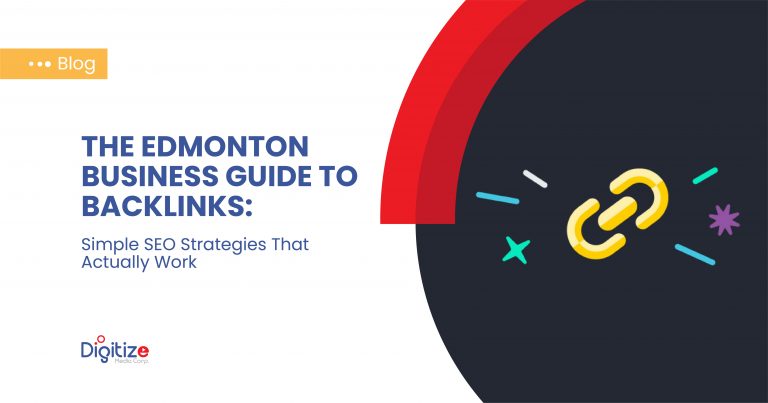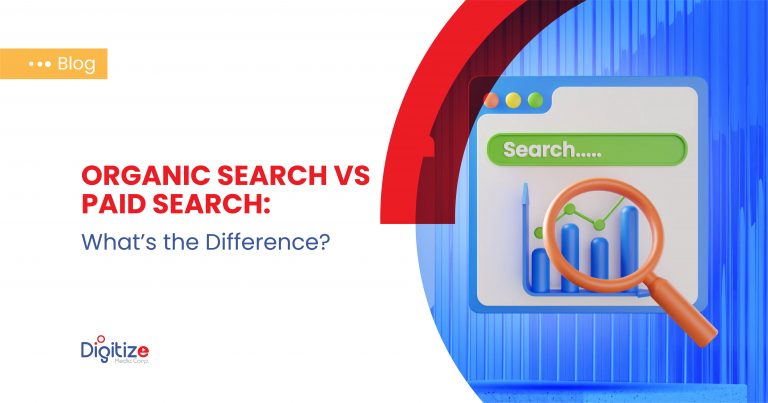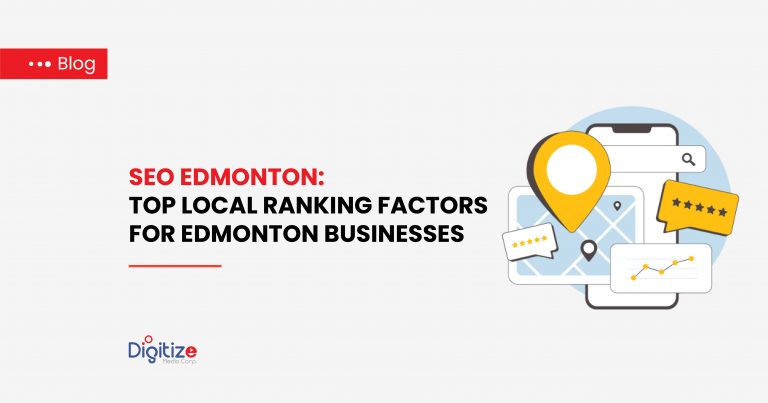Introduction
The Scientific Research & Experimental Development (SR&ED) tax credit program is one of Canada’s most generous incentives, offering businesses substantial financial returns for investing in innovation. From prototype development and software engineering to manufacturing process improvements, SR&ED helps offset the cost of R&D, making it especially valuable for Edmonton-based tech, manufacturing, and innovation-driven companies.
However, many Edmonton companies fail to capitalize fully on these benefits due to avoidable mistakes. At Digitize Media Corp, a digital marketing firm rooted in Edmonton’s entrepreneurial ecosystem, we’ve worked with local businesses to streamline their SR&ED submissions and optimize their claims. Here’s what we’ve learned about the most common missteps—and how to avoid them.
Mistake #1: Inadequate Documentation and Record-Keeping Practices During R&D Projects
Why It Happens
R&D activities often evolve rapidly. Teams are focused on solving problems, meeting deadlines, and pushing boundaries. Documentation becomes an afterthought, especially for startups or small teams without dedicated compliance staff.
Consequences
- Denied or reduced SR&ED claims
- Increased audit risk
- Missed opportunities to claim eligible work
Solutions
- Implement real-time documentation systems: Use tools like Jira or Trello to log technical challenges and iterations.
- Keep time-tracking records: Clearly assign hours to specific SR&ED activities.
- Create a documentation culture: Train staff on what needs to be tracked and why.
“We thought our emails and meeting notes were enough. Turns out, we missed out on over $40,000 because we couldn’t prove the work was SR&ED-eligible.” — Edmonton tech startup founder (anonymous)
Digitize Media Corp helps clients implement straightforward documentation systems that fit into their existing workflows.
Mistake #2: Misunderstanding Which Activities and Expenses Qualify for SR&ED
Why It Happens
The SR&ED program has specific eligibility criteria that can be misunderstood. Many businesses assume all R&D-like work qualifies or, conversely, don’t recognize eligible activities hidden within routine operations.
Consequences
- Overclaiming can trigger audits
- Underclaiming means leaving money on the table
Solutions
- Educate your team: Regular training sessions on SR&ED eligibility can reduce guesswork.
- Conduct a yearly SR&ED review: Have a dedicated SR&ED assessment as part of your fiscal close.
- Work with specialists: Experts can identify hidden eligible expenses like overhead or subcontractor work.
“Most people miss that debugging, testing, and even failed experiments can count under SR&ED.” — Maya Sawaya, SR&ED Consultant
Digitize Media helps businesses map their workflows against SR&ED eligibility to uncover missed opportunities.
Mistake #3: Missing Application Deadlines or Rushing Applications at the Last Minute
Why It Happens
With competing priorities and limited internal resources, many companies only turn their attention to SR&ED when it’s almost too late.
Consequences
- Missed deadlines = lost tax credits
- Rushed applications = lower claim quality, higher audit risk
Solutions
- Know your deadlines: You generally have 18 months from the end of your fiscal year to apply.
- Set internal SR&ED milestones: Break the process into quarterly reviews.
- Maintain a SR&ED calendar: Assign ownership to ensure it stays on the radar.
“We submitted just days before the deadline. It was chaotic and incomplete. We got a partial approval that could’ve been more.” — Operations Manager, Edmonton manufacturing firm
With Digitize Media’s process management support, clients stay on track and stress-free throughout the year.
Mistake #4: Not Involving Technical Staff in the Application Process
Why It Happens
Often, the finance team owns the SR&ED file and technical teams are brought in late or not at all. This disconnect can lead to vague or inaccurate descriptions of the work performed.
Consequences
- Claims lack technical depth
- CRA may request clarifications or audits
- Reduced or denied claims
Solutions
- Collaborate early: Involve engineers, developers, or project leads from day one.
- Use templates and guided interviews: Make it easier for technical staff to provide input.
- Bridge the communication gap: Translate technical work into SR&ED language.
Digitize Media works cross-functionally with both technical and financial teams to tell a cohesive SR&ED story.
Mistake #5: Trying to Handle Complex SR&ED Applications Without Expert Guidance
Why It Happens
To save costs, many businesses attempt a DIY approach. While it’s possible, the complexities of SR&ED criteria, especially for larger or multi-year projects, often require professional insight.
Consequences
- Lower claims due to conservative estimations
- Increased audit exposure
- Overlooked opportunities across departments
Solutions
- Work with experienced advisors: They understand how to optimize claims and navigate CRA audits.
- Leverage industry knowledge: Sector-specific guidance makes a difference.
- Invest in the process: The returns typically outweigh the costs.
“We thought we could figure it out ourselves. After hiring an advisor, our claim increased by 60%.” — Edmonton-based product manufacturer
Digitize Media collaborates with SR&ED specialists and in-house teams to ensure accurate, compliant, and maximized claims.
Conclusion
Edmonton companies, especially those innovating in tech, manufacturing, and engineering, stand to gain significantly from SR&ED tax credits. Yet many lose out due to:
- Poor documentation
- Misunderstood eligibility
- Deadline stress
- Lack of team collaboration
- Inadequate expert support
By avoiding these mistakes and taking a proactive, informed approach, businesses can unlock tens or even hundreds of thousands of dollars in federal support.
At Digitize Media Corp, we understand the pressures Edmonton businesses face and offer guidance to navigate SR&ED with clarity and confidence. If you’re unsure about your next steps, our team is here to help.
Contact us today 📞 (780) 446-4543 to explore how we can support your SR&ED journey—from discovery to filing.







